Home>Articles>How Much Water To Put In Pot Roast Slow Cooker
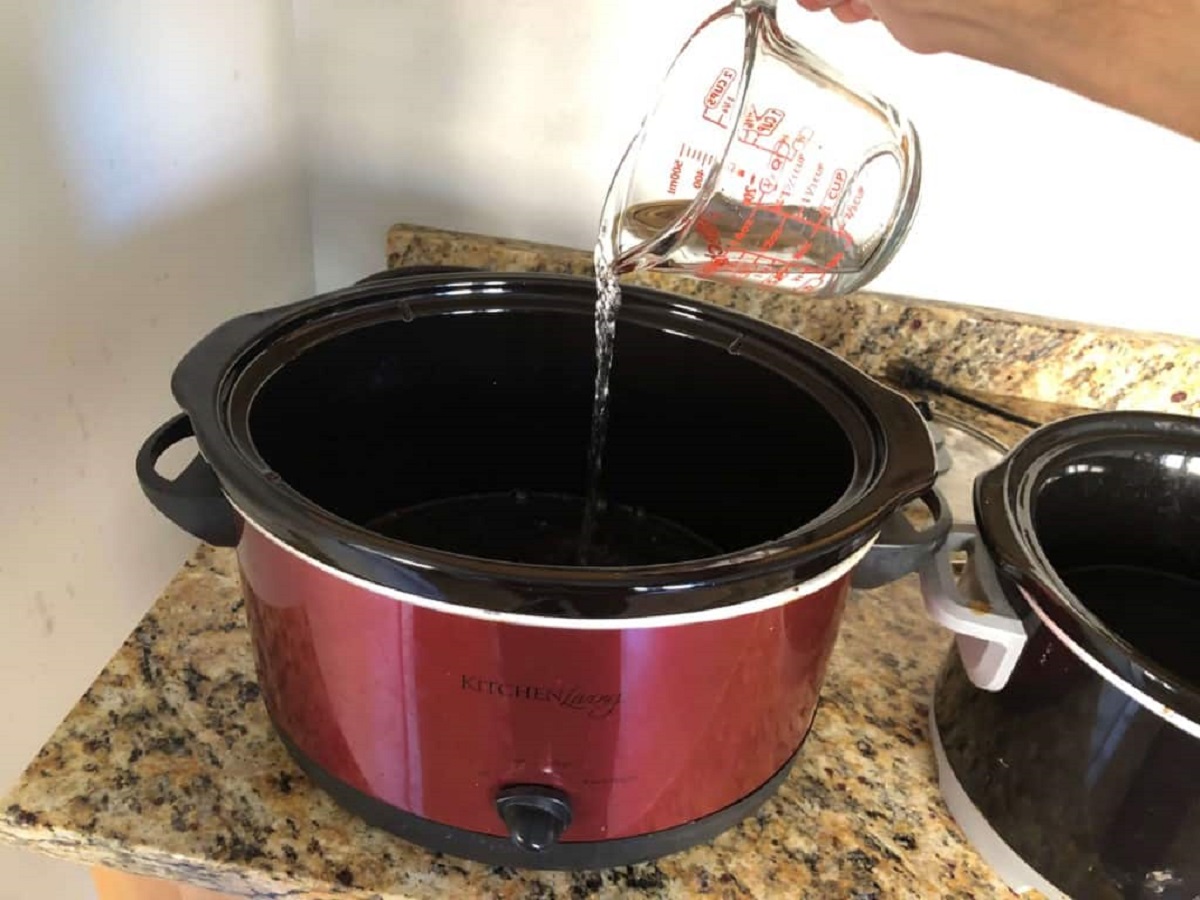

Articles
How Much Water To Put In Pot Roast Slow Cooker
Modified: February 29, 2024
Discover the perfect ratio of water to add to your slow cooker pot roast! Read our informative articles and master the art of tender and flavorful pot roasts.
(Many of the links in this article redirect to a specific reviewed product. Your purchase of these products through affiliate links helps to generate commission for Storables.com, at no extra cost. Learn more)
Introduction
Welcome to the wonderful world of slow cooker pot roast! If you’re a fan of tender and juicy meat that falls apart with each bite, then you’re in for a treat. Pot roast is a classic comfort food, perfect for Sunday dinners or any day when you crave a hearty and satisfying meal. In this article, we will guide you through the process of making a pot roast in a slow cooker, specifically focusing on how much water to use to achieve the best results.
Slow cookers, also known as crock-pots, are great kitchen appliances that allow you to cook food slowly over a long period of time. This low and slow method of cooking helps to break down the tough fibers of meat, resulting in a melt-in-your-mouth pot roast that is bursting with flavor.
One of the key elements in making a successful pot roast is finding the right cut of meat. While chuck roast is the most common choice for pot roast, you can also use cuts such as rump roast or bottom round. The marbling and collagen in these cuts make them ideal for slow cooking, as they will become tender and flavorful after hours of simmering.
Before we dive into the process of making pot roast, let’s tou.
Key Takeaways:
- The right cut of meat, such as chuck roast, rump roast, or bottom round, is crucial for a succulent pot roast. Proper searing, adding the right amount of liquid, and avoiding lid opening are key to a flavorful dish.
- Cooking pot roast in a slow cooker requires low and slow temperatures for tender results. Slicing against the grain, letting it rest, and experimenting with flavors can elevate the pot roast experience.
Choosing the Right Cut of Meat
When it comes to making a delicious pot roast, selecting the right cut of meat is crucial. The ideal cuts of meat for pot roast are those with a good amount of marbling and connective tissue, as these components contribute to the tenderness and flavor of the final dish.
Chuck roast is the most popular choice for pot roast due to its high marbling and rich flavor. It comes from the shoulder area of the cow and contains a good amount of fat and collagen. The fat melts during the slow cooking process, resulting in succulent and flavorful meat. Chuck roast is also relatively affordable, making it a budget-friendly option for pot roast.
Another suitable cut of meat for pot roast is the rump roast. It comes from the hindquarters of the cow and has less fat marbling compared to chuck roast. However, it still contains enough collagen to become tender and juicy when cooked slowly. Rump roast is leaner than chuck roast, making it a healthier choice for those watching their fat intake.
Bottom round is another option for pot roast. This cut comes from the rear leg of the cow and is the leanest of the three mentioned. It has a lower fat content and less collagen, which means it requires a slightly longer cooking time to become tender. However, when cooked correctly, bottom round can still yield a flavorful and satisfying pot roast.
When selecting your cut of meat, look for pieces that are well marbled, meaning there are streaks of fat running throughout the meat. This fat will melt during the cooking process, infusing the pot roast with flavor and ensuring a tender texture. Additionally, choose cuts that are uniform in thickness to ensure even cooking.
Before moving on to the next steps, remember to trim excess fat from the meat. While some fat is essential for flavor and tenderness, too much can make the dish excessively greasy. Aim to leave a thin layer of fat on the meat, as it will contribute to the overall taste and moisture of the pot roast.
Preparing the Pot Roast
Now that you’ve chosen the perfect cut of meat for your pot roast, it’s time to prepare it for cooking. Proper preparation ensures that your pot roast turns out tender and flavorful. Here are the steps to follow:
- Remove the pot roast from its packaging and pat it dry with paper towels. Excess moisture can prevent proper browning.
- Season the meat with salt and pepper. This helps to enhance the flavors and forms a delicious crust on the surface of the roast.
- Optional: Dust the meat with flour. This step is known as dredging and helps to develop a deep rich color on the pot roast when seared.
- Heat a large skillet or Dutch oven over medium-high heat and add some cooking oil. Once the oil is hot, sear the pot roast on all sides until browned. This step adds flavor to the meat by creating a caramelized crust.
- Transfer the seared pot roast to a plate and set it aside momentarily.
- Now, it’s time to prepare the remaining ingredients for your pot roast. Chop up a variety of vegetables such as onions, carrots, celery, and garlic.
- Place the chopped vegetables in the bottom of your slow cooker. These aromatic vegetables will not only infuse the pot roast with flavor but also add moisture to the cooking process.
- Return the seared pot roast to the slow cooker, placing it on top of the bed of vegetables.
- At this point, you can add any additional seasonings or herbs that you prefer, such as rosemary, thyme, or bay leaves. These will further enhance the flavors of your pot roast.
With the preparation complete, you’re ready to move on to the next step: adding liquid to your pot roast.
Adding Vegetables and Seasonings
Adding vegetables and seasonings to your pot roast is an essential step in creating a flavorful and aromatic dish. The vegetables not only add depth of flavor but also contribute moisture to the slow cooking process. Here’s how to add the perfect combination of vegetables and seasonings:
- Start by arranging the chopped vegetables, such as onions, carrots, celery, and garlic, in the bottom of your slow cooker. These vegetables will act as a bed for the pot roast.
- Spread the vegetables evenly, creating a layer that will support the meat and enhance its flavors as it cooks.
- Next, place the seared pot roast on top of the vegetables. This allows the meat to benefit from the flavors of the vegetables as they gently simmer and release their aromatic properties.
- Now, it’s time to add seasonings and herbs to your pot roast. The choice of seasonings depends on your personal preference, but some classic options include salt, pepper, garlic powder, paprika, and dried herbs like rosemary, thyme, and bay leaves.
- Be generous with the seasoning, but remember to taste and adjust as needed. You can always add more seasoning later if desired.
- If you want to add more depth of flavor, consider adding a liquid to the pot roast. This can be beef broth, red wine, or even water. The liquid will help to keep the pot roast moist and tender as it cooks.
- Add enough liquid to halfway cover the pot roast. This ensures that the meat remains moist and doesn’t dry out during the slow cooking process. However, avoid adding too much liquid, as it can dilute the flavors.
Once you’ve added the vegetables, seasonings, and liquid, you’re ready to set your slow cooker and let it work its magic. The next section will guide you on determining the appropriate amount of water needed for your pot roast.
Determining the Amount of Water Needed
When it comes to determining the right amount of water for your pot roast, there are a few factors to consider. The goal is to provide enough moisture to keep the meat tender and prevent it from drying out, but not to add too much liquid, which can dilute the flavors of the dish.
The amount of water needed will depend on the size of your slow cooker and the ingredients you’re using. Generally, a good rule of thumb is to add enough liquid to cover about one-third to halfway up the sides of the pot roast.
If you’re using vegetables in your pot roast recipe, they will release some moisture as they cook. Consider this when determining the amount of water to add. You may need less water if your vegetables are particularly juicy or if you prefer a thicker sauce at the end.
If you’re unsure about the amount of water to add, it’s always better to start with a smaller amount and adjust as needed. You can always add more water later if it looks too dry, but if you add too much initially, it can be challenging to correct the consistency of the dish.
Remember that slow cookers work by trapping steam, so very little evaporation occurs during the cooking process. This means that you don’t need as much water as you would if you were cooking on the stovetop or in the oven.
If you prefer a more saucy pot roast, you can always add additional liquid towards the end of the cooking time. This can be broth, water, or even a roux made from flour and butter to thicken the sauce.
Ultimately, the goal is to find the balance that suits your taste preferences. Some individuals enjoy a drier pot roast with just a minimal amount of liquid, while others prefer a more gravy-like consistency. Experimenting with different amounts of water will help you determine your personal preference and achieve the desired results.
Once you’ve determined the amount of water needed, you’re ready to set your slow cooker and let it work its magic. The next section will provide guidance on cooking times and temperatures for the perfect pot roast.
When making pot roast in a slow cooker, it’s best to add enough water to cover the bottom of the pot, about 1/2 to 1 cup. This will help create steam and keep the meat moist during the long cooking process.
Read more: How Long To Cook Pot Roast In Slow Cooker
Cooking Times and Temperatures
When it comes to cooking pot roast in a slow cooker, low and slow is the name of the game. The gentle heat allows the meat to become incredibly tender and ensures all the flavors meld together beautifully. Here are some guidelines for cooking times and temperatures:
For most slow cooker pot roast recipes, the recommended cooking temperature is low, which typically ranges from 190°F to 210°F (88°C to 99°C). Cooking at a low temperature allows the collagen in the meat to break down gradually, resulting in a tender and succulent roast.
The cooking time will vary depending on the size of the roast and the cut of meat you’re using. As a general rule, plan for approximately 8 to 10 hours of cooking time for a 3 to 4-pound (1.4 to 1.8 kg) pot roast. Keep in mind that cooking times may be slightly longer if using leaner cuts like bottom round.
It’s essential to avoid opening the slow cooker unnecessarily during the cooking process, as it can significantly extend the cooking time. Opening the lid allows heat to escape and can result in a longer cooking time and potentially dry out the meat.
However, if you’re unsure about the doneness of the pot roast, you can use a meat thermometer to check the internal temperature. The internal temperature should reach around 145°F to 160°F (63°C to 71°C) for medium-rare to medium. Remember that pot roast is typically cooked longer, so it will be well done and incredibly tender. The meat should easily fall apart when prodded with a fork.
As with any cooking method, there can be variations in cooking times due to factors like the efficiency of your slow cooker and the starting temperature of the ingredients. It’s always a good idea to consult the specific recipe you’re following for more precise cooking time and temperature recommendations.
In the last section, we will provide some additional tips to help you achieve a tender and delectable pot roast every time.
Tips for Achieving a Tender Pot Roast
Want to ensure that your pot roast turns out tender and flavorful every time? Follow these tips to achieve a melt-in-your-mouth pot roast:
- Choose the right cut of meat: Opt for cuts with good marbling and connective tissue, such as chuck roast, rump roast, or bottom round. These cuts are ideal for slow cooking as they become tender and juicy.
- Properly sear the meat: Searing the pot roast before slow cooking helps to develop a caramelized crust, which adds depth of flavor to the dish. Ensure the skillet or Dutch oven is hot, and the meat is browned on all sides.
- Use the right amount of liquid: Add enough liquid to cover about one-third to halfway up the sides of the pot roast. Too much liquid can dilute the flavors, while too little can result in a dry roast.
- Avoid opening the lid: Opening the lid during cooking can prolong the cooking time and lead to moisture loss. Only open the lid when necessary to check for doneness.
- Cut against the grain: When serving the pot roast, slice it against the grain to ensure tenderness. Cutting against the grain helps to break up the muscle fibers and results in a more succulent bite.
- Let it rest: Allow the pot roast to rest for a few minutes before serving. This helps to redistribute the juices and ensures a moist and flavorful end result.
- Skim off excess fat: If there’s an excessive amount of fat on the surface of the cooking liquids, use a spoon or a fat separator to remove some of it before serving.
- Add a finishing touch: Consider adding a final flourish to your pot roast by spooning the cooking liquids over the meat or thickening them into a luscious gravy. This enhances the flavors and adds richness.
- Don’t forget the side dishes: Pot roast pairs well with a variety of side dishes like mashed potatoes, roasted vegetables, or crusty bread. These accompaniments elevate the meal and provide a satisfying balance of flavors and textures.
- Experiment with flavors: While classic pot roast recipes are delicious, don’t be afraid to get creative! Add different herbs, spices, or even a splash of balsamic vinegar or Worcestershire sauce for extra depth of flavor.
By following these tips, you’ll be well on your way to mastering the art of making a tender and mouthwatering pot roast.
Serving and Enjoying Your Pot Roast
After hours of slow cooking, your pot roast is finally ready to be served and enjoyed. Here are some tips for serving your pot roast and making the most out of this comforting and flavorsome dish:
- Transfer the pot roast to a cutting board and slice it into thick, tender pieces. Cutting against the grain will ensure maximum tenderness.
- Arrange the slices on a platter or individual plates, along with the cooked vegetables that were simmering in the flavorful juices.
- If desired, you can strain the cooking liquids to remove any solids and create a smooth gravy. Pour the gravy over the pot roast slices to enhance the flavors and moisten the meat.
- Garnish the dish with fresh herbs like parsley or thyme to add a touch of freshness and visual appeal.
- Serve your pot roast with a variety of side dishes. Classic accompaniments include mashed potatoes, roasted vegetables, steamed green beans, or crusty bread to soak up the delicious gravy.
- Don’t forget to pour yourself a nice glass of red wine or another beverage of your choice to complement the hearty flavors of the pot roast.
- Sit down, relax, and savor each bite of the tender and flavorful meat. Enjoy the comforting aroma and the satisfaction of a well-cooked meal.
- If you have leftovers, store them in an airtight container in the refrigerator. The flavors will continue to develop, making the leftovers even more delicious the next day.
- Leftover pot roast can be used in various ways, such as sandwiches, tacos, or over a bed of noodles. Get creative and turn your leftover pot roast into a whole new meal.
Remember, pot roast is a versatile dish that can be enjoyed on its own or as part of a larger meal. It’s perfect for gatherings, cozy family dinners, or even meal prepping for the week.
So, gather your loved ones, set the table, and indulge in the comforting flavors of a homemade pot roast. It’s a meal that brings people together and leaves lasting memories.
For more pot roast recipes and inspiration, don’t hesitate to explore different flavor profiles and cooking methods. The possibilities are endless, and each variation will bring a unique and delightful experience to your palate.
Enjoy your pot roast masterpiece!
Conclusion
Pot roast cooked in a slow cooker is a true comfort food that never fails to satisfy. With the right choice of meat, proper seasoning, and attention to cooking times and temperatures, you can create a succulent and tender pot roast that is sure to impress.
Choosing the right cut of meat, such as chuck roast, rump roast, or bottom round, is essential for a flavorful and tender pot roast. Properly searing the meat before slow cooking helps to enhance the flavors, while adding the right amount of liquid ensures moist and delicious results.
Throughout the cooking process, it’s important to resist the temptation of constantly opening the slow cooker lid, as this can prolong cooking time and cause moisture loss. And remember to cut the pot roast against the grain when serving for maximum tenderness.
By following the tips and techniques outlined in this article, you can create a delectable pot roast that will impress your family and friends. With the perfect blend of spices, tender meat, and hearty vegetables, this classic dish is sure to warm your heart and nourish your soul.
So gather the ingredients, dust off your slow cooker, and get ready to embark on a culinary journey that will result in a mouthwatering pot roast. Whether it’s a cozy family dinner or a special occasion, pot roast is the ultimate comfort food that brings people together.
Enjoy the rich flavors, the tender meat, and the satisfaction of a homemade meal. With every bite, savor the culmination of flavors, the tender textures, and the memories created around the dinner table.
Now it’s time to unleash your inner chef and create your own signature pot roast masterpiece. Happy cooking!
Frequently Asked Questions about How Much Water To Put In Pot Roast Slow Cooker
Was this page helpful?
At Storables.com, we guarantee accurate and reliable information. Our content, validated by Expert Board Contributors, is crafted following stringent Editorial Policies. We're committed to providing you with well-researched, expert-backed insights for all your informational needs.
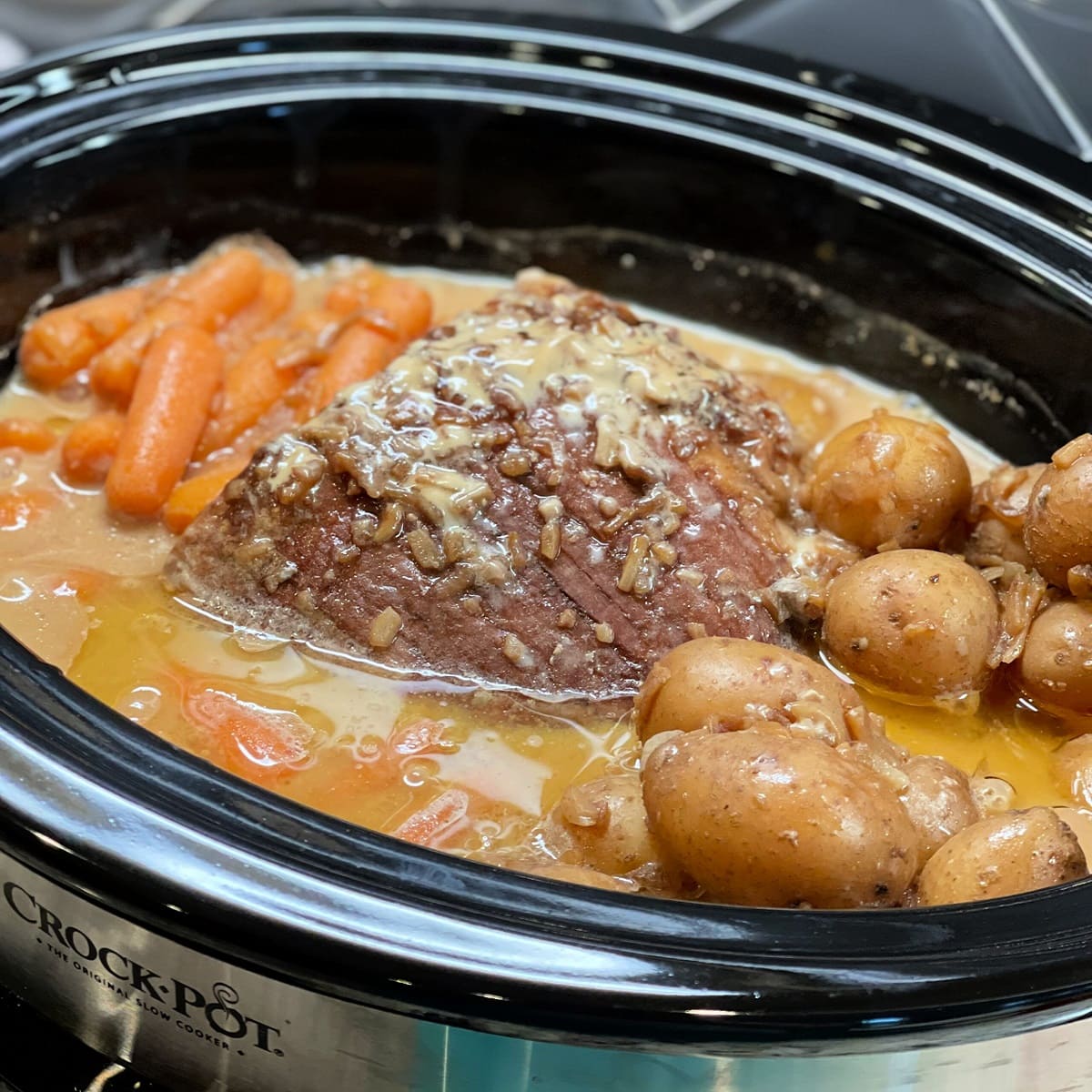
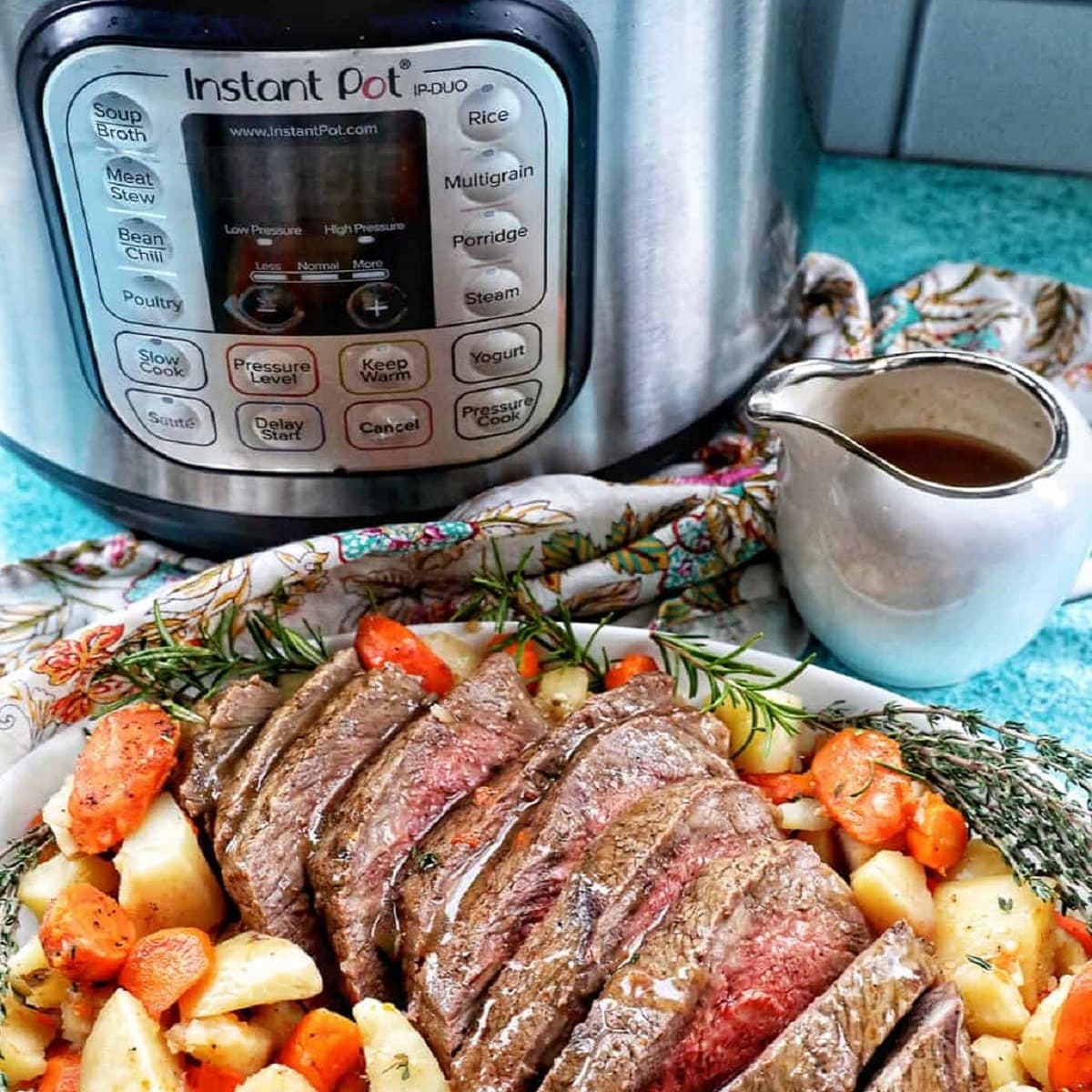
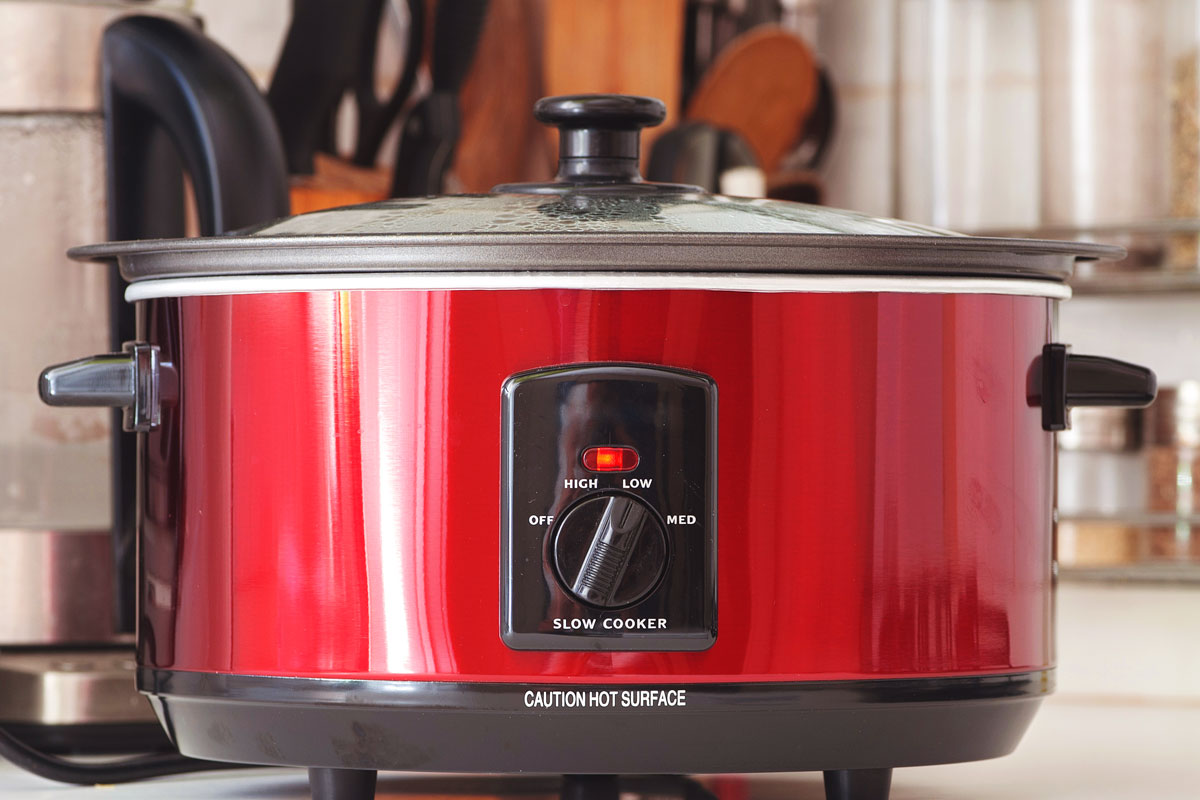
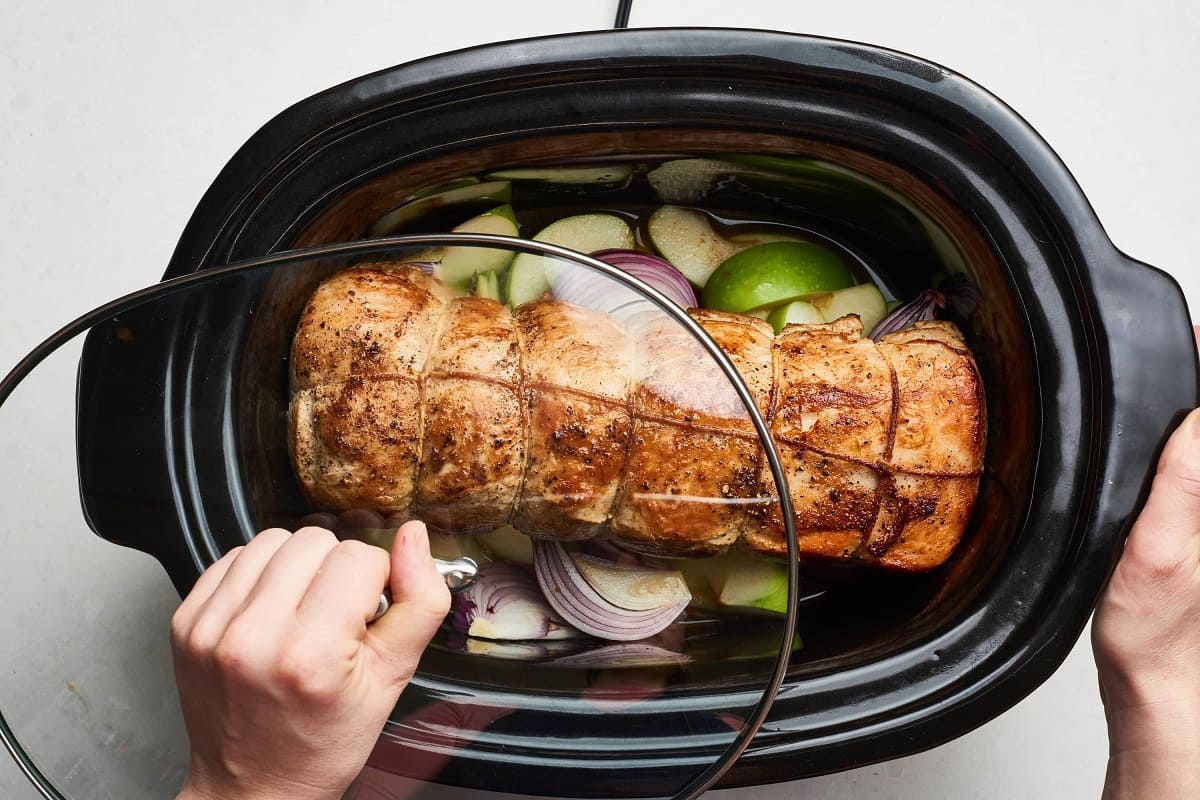
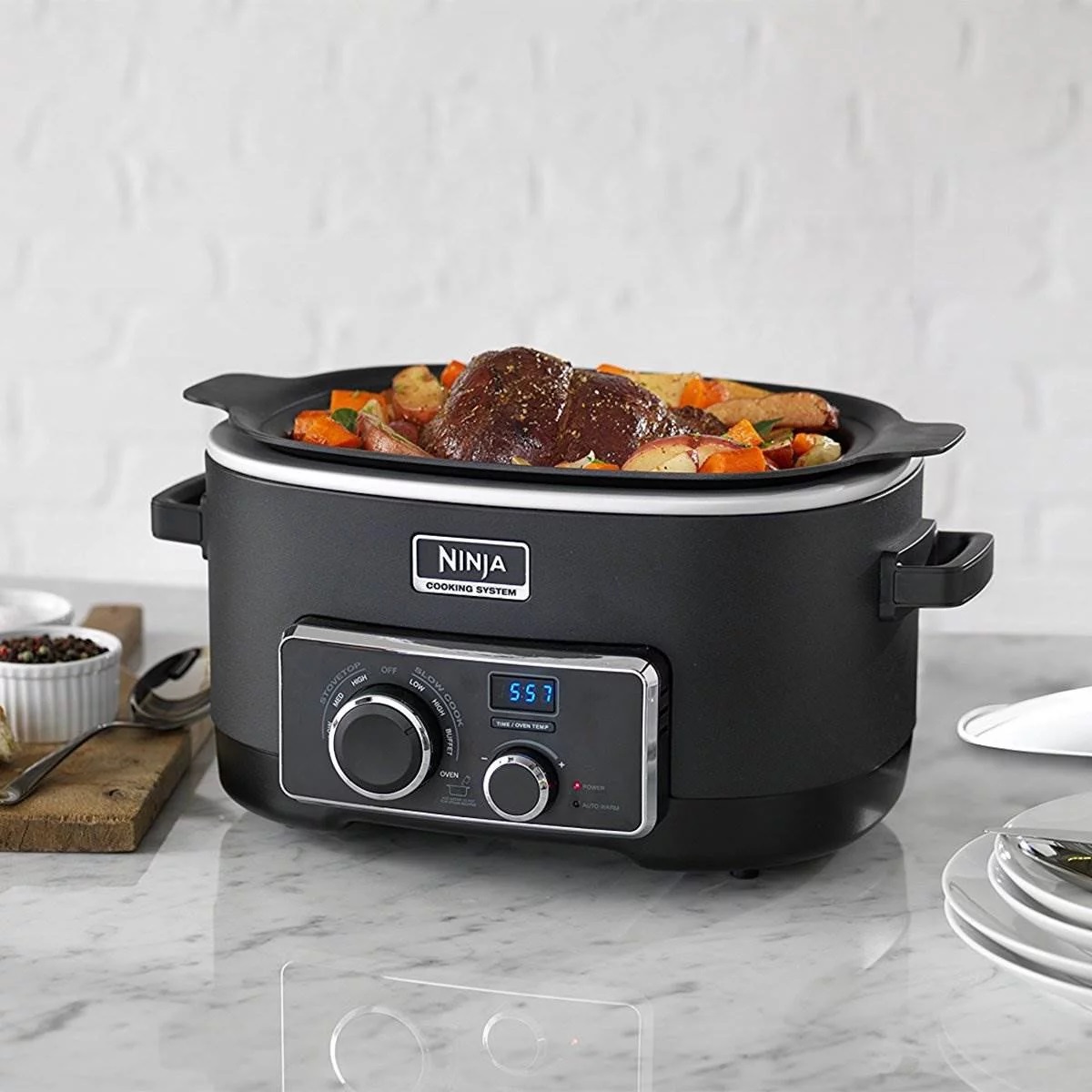
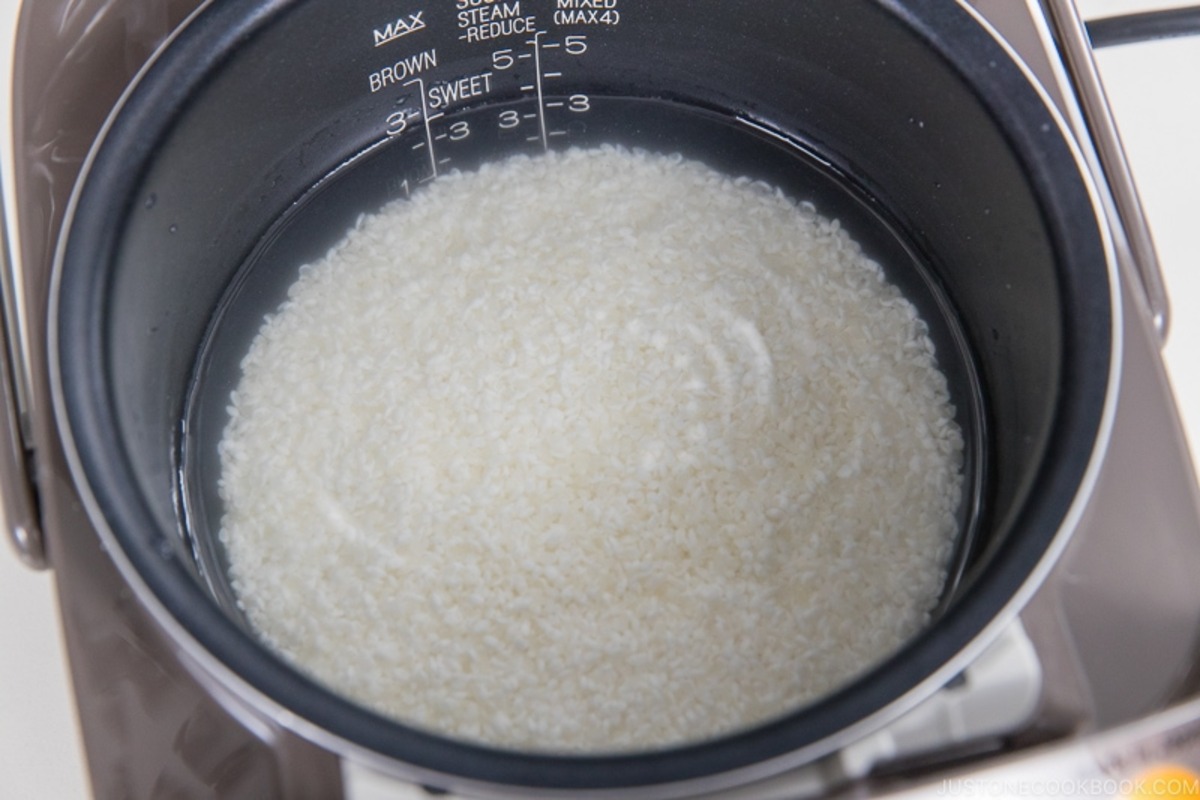

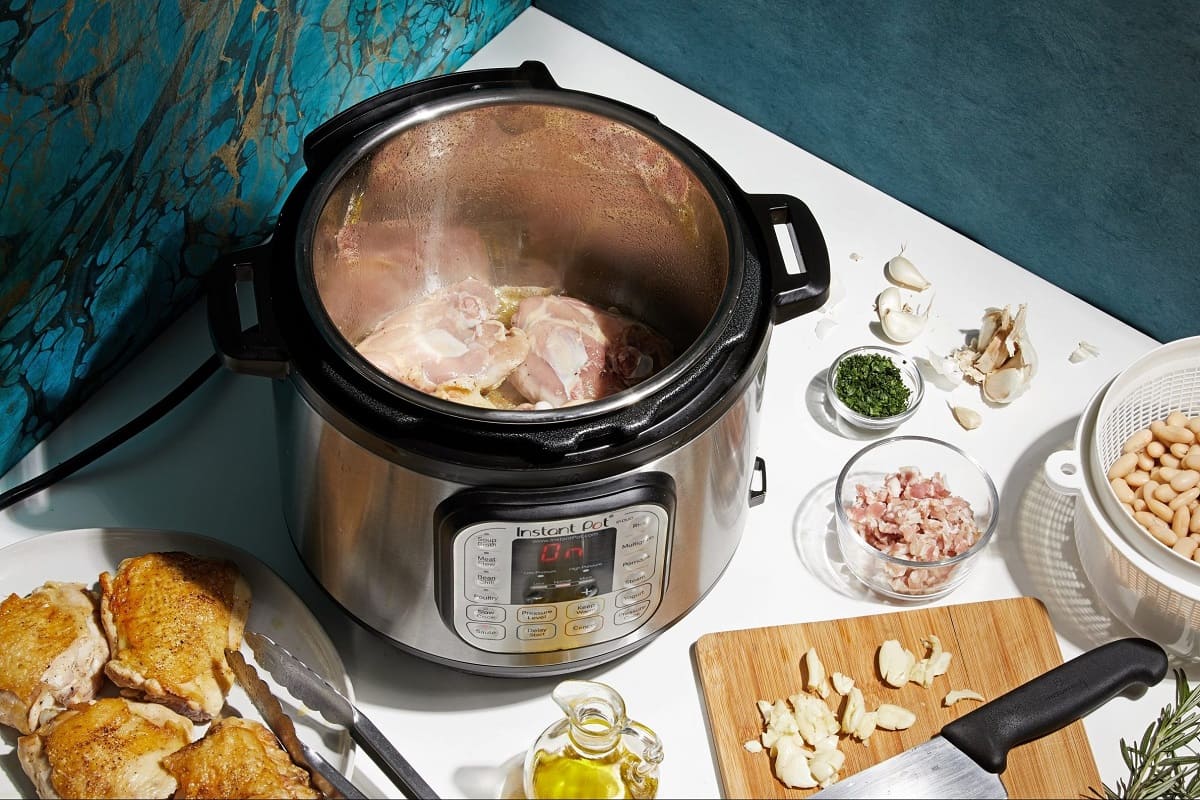
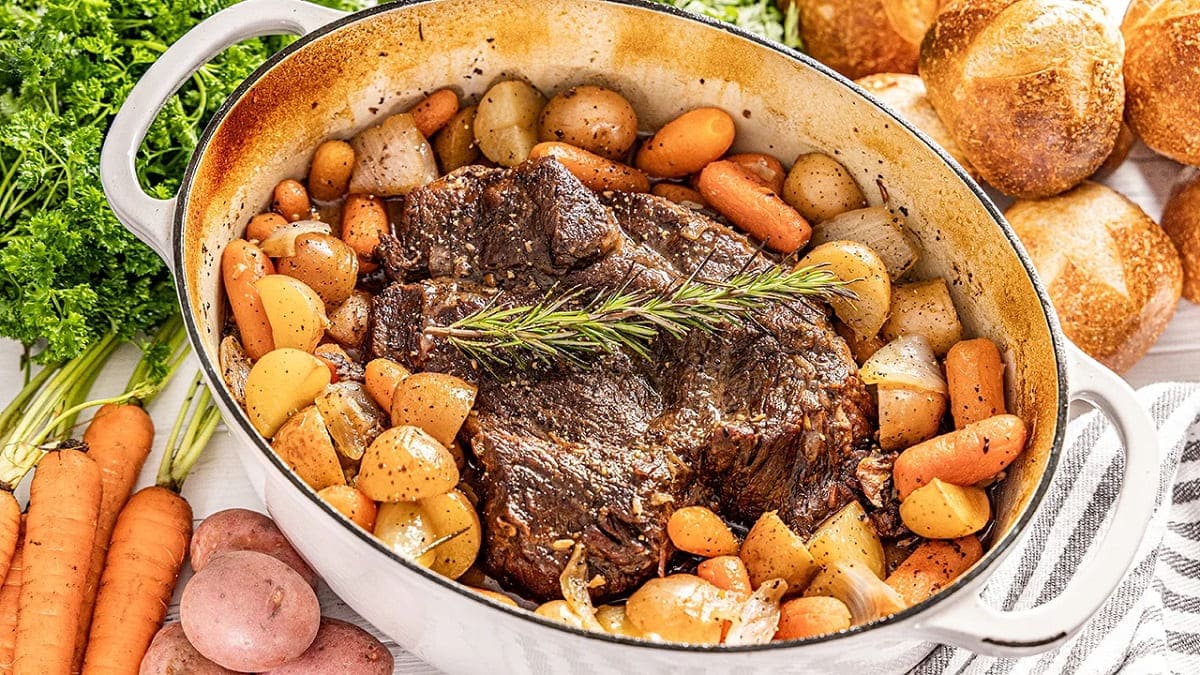
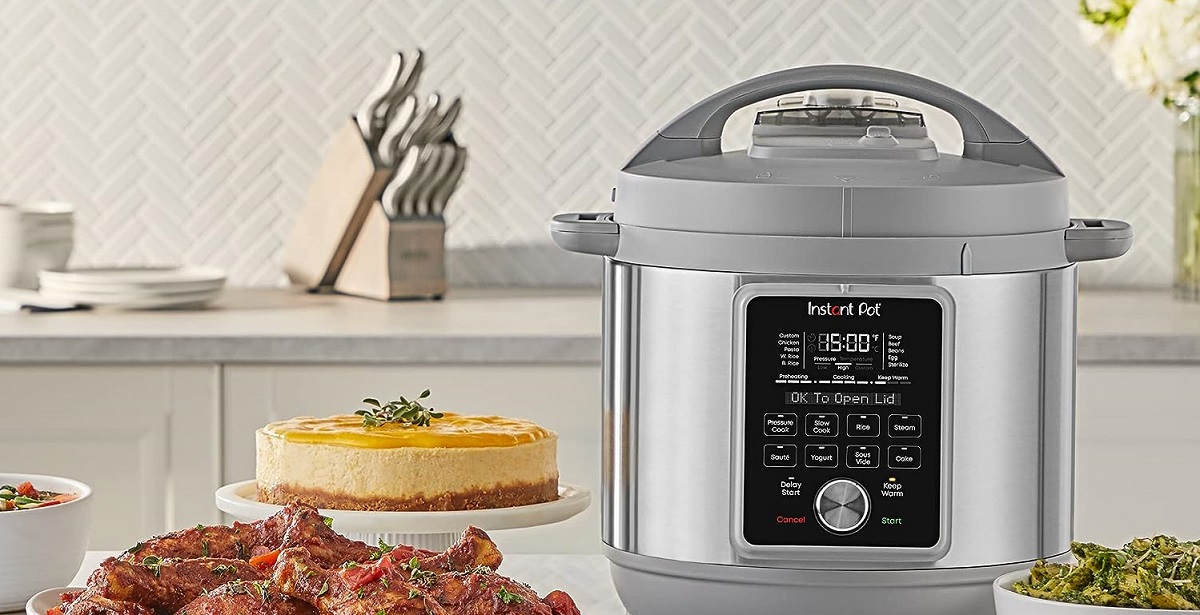
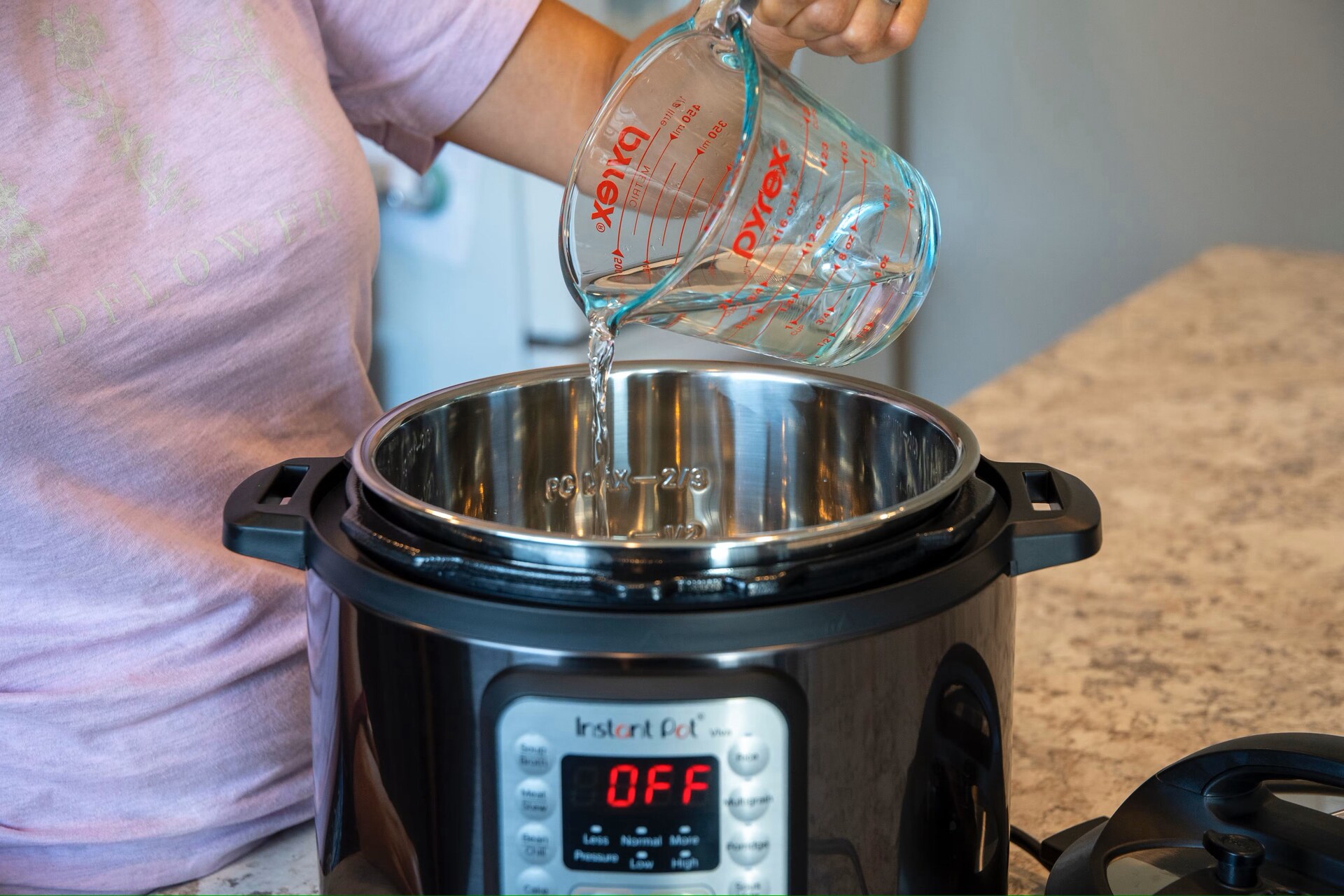
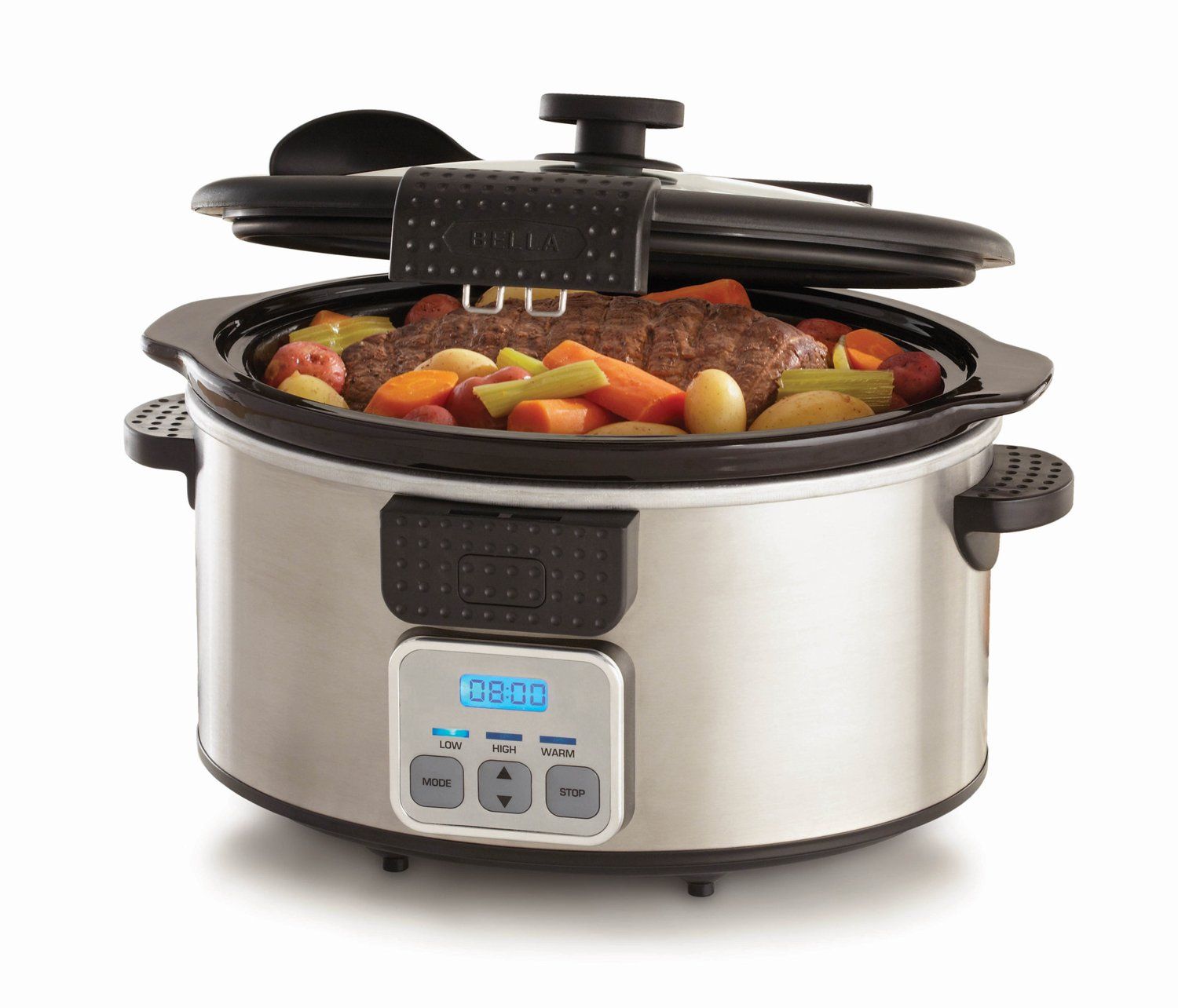
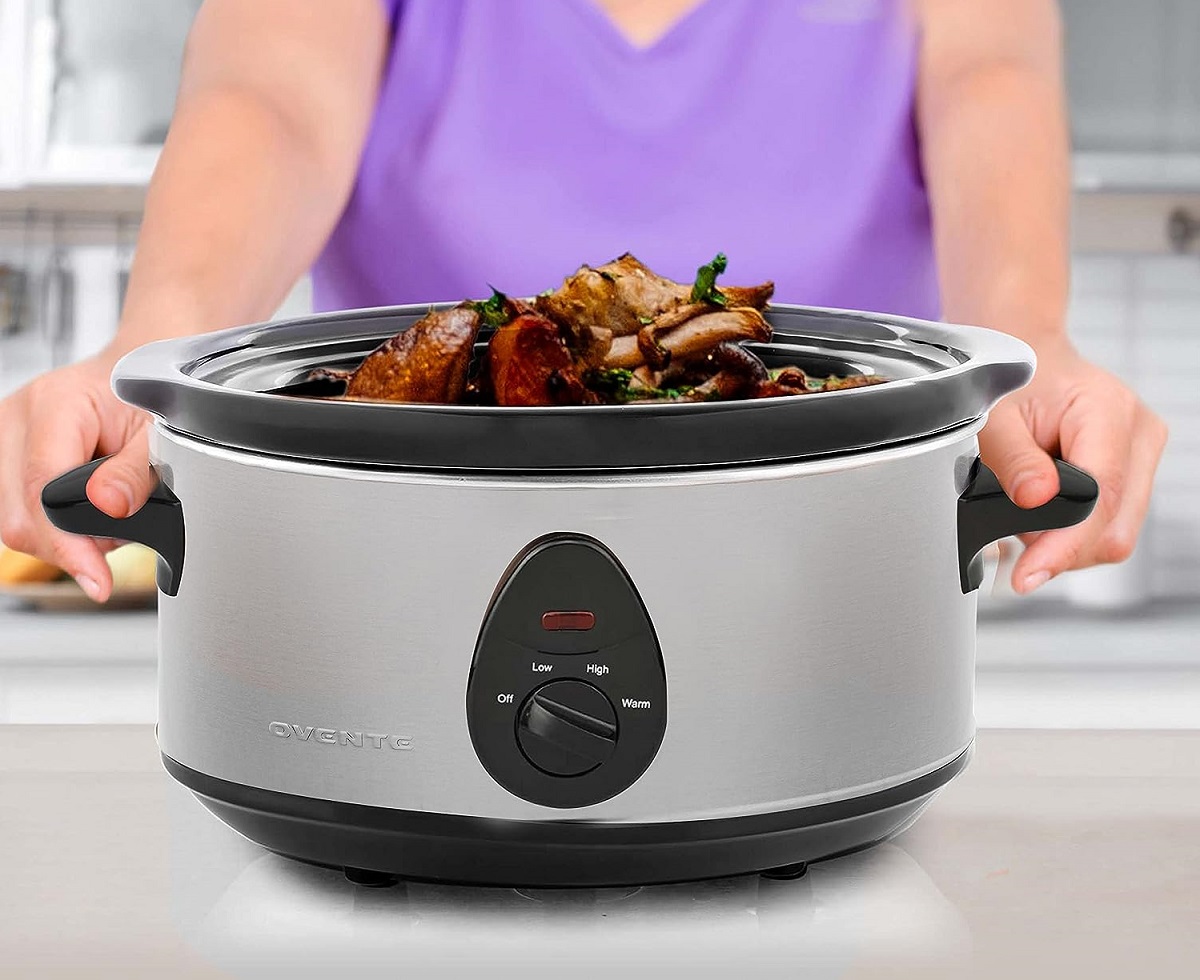
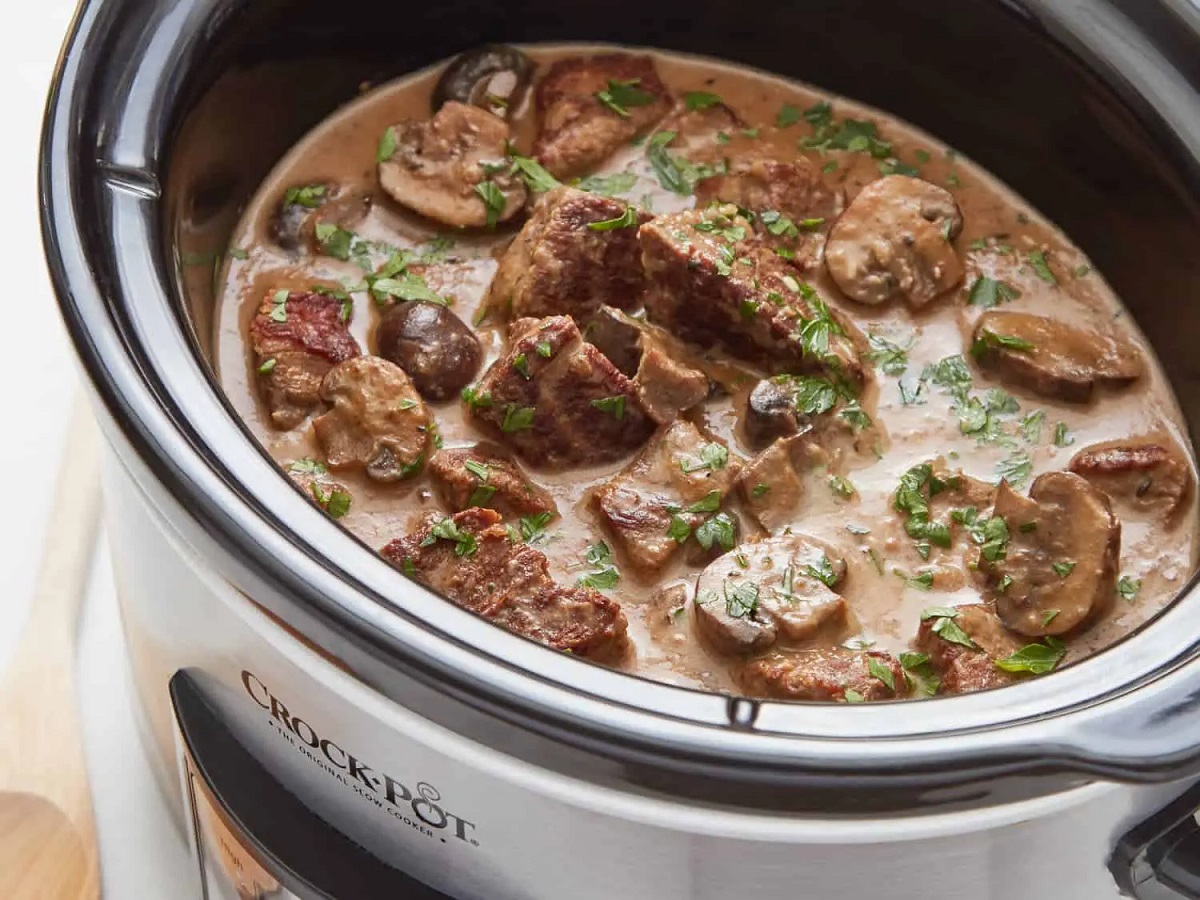

0 thoughts on “How Much Water To Put In Pot Roast Slow Cooker”